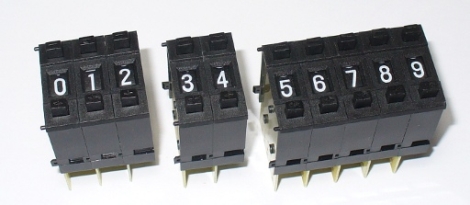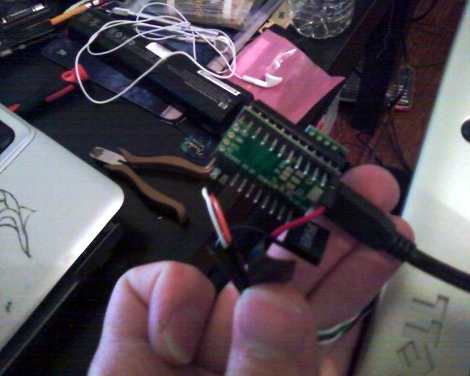
Push-wheel switches are somewhat older technology, but [John Boxall] from the Little Bird Electronics blog shows us that they are still quite useful today.
In a quick but thorough demonstration, he discusses how this input technology works, showing off both single digit and multi digit inputs. The former is pretty straightforward, with each of the counter’s outputs tied to an I/O pin on his Arduino. Using multiple counter units is ever so slightly more complicated, but the job is made easier through the use of an NXP 74HC4066 bilateral switch. He shares a snippet of Arduino code that toggles through each of the switches, reading in their values one by one.
His walkthrough is a must-see for those who are just getting their feet wet with Arduinos and various input methods. These counters are great for 1-4 digit input needs, but if you require more digits [John] says that a 12-digit keypad would probably be a better way to go.
Stick around to see a short video demo of the switches doing their thing.
Continue reading “Clicking And Counting With Push Wheel Switches”
















